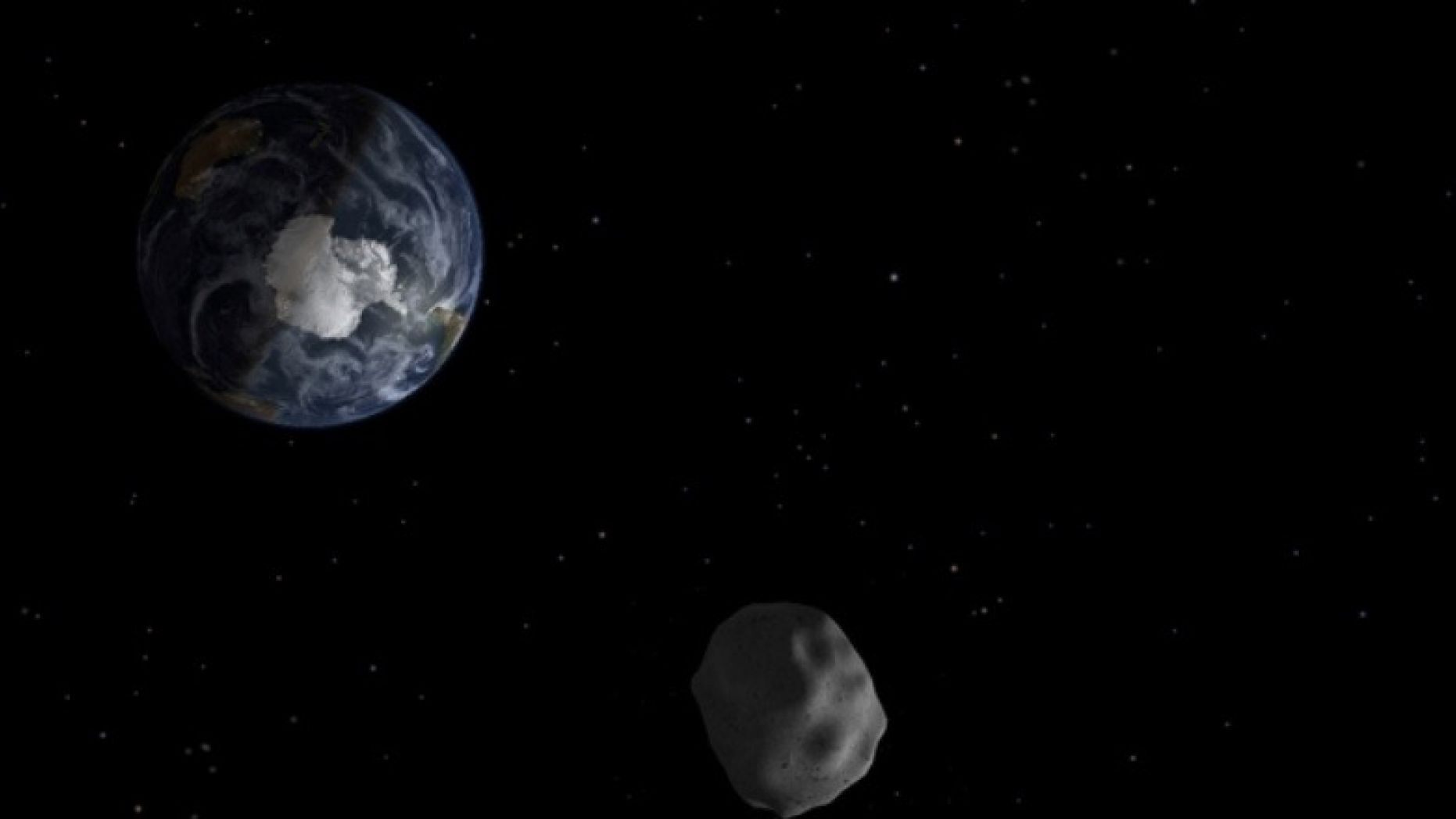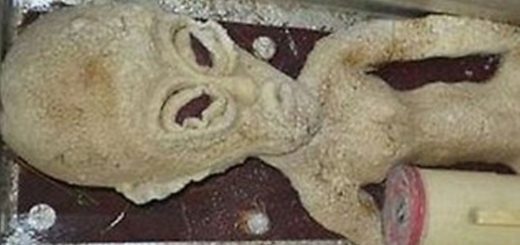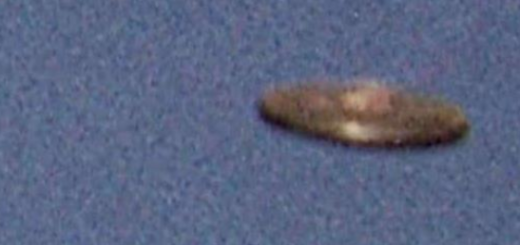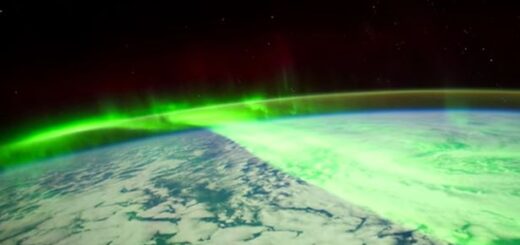6-foot-wide ‘bald’ asteroid is smallest ever studied

Astronomers have set a new record, taking the measure of a tiny space rock just 6 feet wide.
The researchers used four different telescopes on Earth to study the near-Earth asteroid (NEA), which is called 2015 TC25, during a close flyby it made of the planet in October 2015.
“This is the first time we have optical, infrared and radar data on such a small asteroid, which is essentially a meteoroid,” Vishnu Reddy, of the University of Arizona’s Lunar and Planetary Laboratory, said in a statement.
“You can think of it as a meteorite floating in space that hasn’t hit the atmosphere and made it to the ground — yet,” added Reddy , lead author of a new study published in The Astronomical Journal that reports the 2015 TC25 observations. (But the chances of the asteroid hitting Earth in the foreseeable future are small, he said.)
Reddy and his team found 2015 TC25 to be surprisingly bright, reflecting about 60 percent of the sunlight that hits it. The asteroid also rotates once every 2 minutes, making it one of the fastest-spinning NEAs ever observed, researchers said.
In addition, 2015 TC25 appears to be a chunk of solid rock, rather than a rubble pile like many bigger asteroids. The tiny asteroid also consists of essentially bare rock; it lacks the layer of dirt-like regolith that blankets its larger brethren.
“Detecting this on 2015 TC25 means all small asteroids might be bald and dust-free,” Reddy said in a different statement.
The asteroid was discovered in October 2015, shortly before its Earth flyby, which brought the space rock within just 79,500 miles of the planet’s surface. (For comparison: The moon orbits Earth at an average distance of 239,000 miles.)
2015 TC25 is a NEA that circles the sun once every 382 days. But Reddy and his team think a collision probably chipped the space rock off 44 Nysa, a 43-mile-wide asteroid that resides in the main belt between Mars and Jupiter.
“If we can discover and characterize asteroids and meteoroids this small, then we can understand the population of objects from which they originate: large asteroids, which have a much smaller likelihood of impacting Earth,” Reddy said.
The researchers studied 2015 TC25 using the NASA Infrared Telescope Facility in Hawaii, the Arecibo Observatory in Puerto Rico, the Magdalena Ridge Observatory in New Mexico and the Lowell Observatory/Discovery Channel Telescope in Arizona.



 Creators of mankind
Creators of mankind Description of “Tall white aliens”
Description of “Tall white aliens” Where they came from?
Where they came from? About hostile civilizations
About hostile civilizations The war for the Earth
The war for the Earth “Tall white aliens” about eternal life
“Tall white aliens” about eternal life Video: “Nordic aliens”
Video: “Nordic aliens” Aliens
Aliens Alien encounters
Alien encounters The aliens base
The aliens base UFO
UFO Technology UFO
Technology UFO Underground civilization
Underground civilization Ancient alien artifacts
Ancient alien artifacts Military and UFO
Military and UFO Mysteries and hypotheses
Mysteries and hypotheses Scientific facts
Scientific facts


















